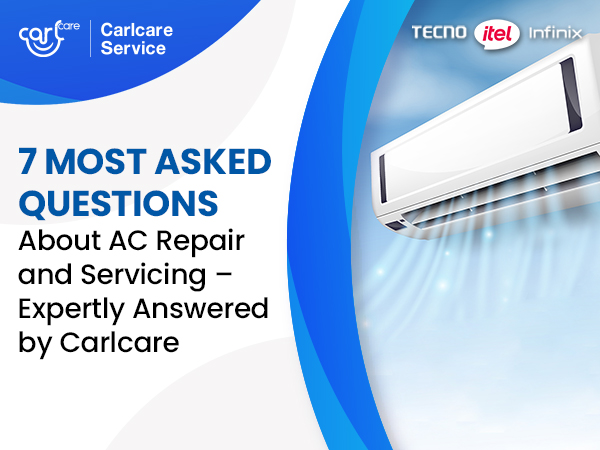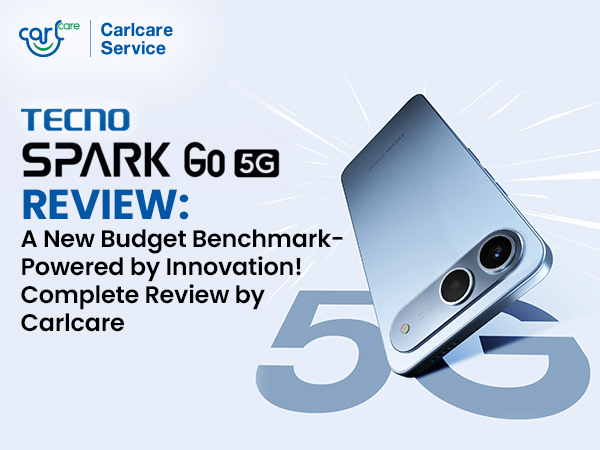
In the age of online tutorials and do-it-yourself fixes, it's tempting to take matters into our own hands when our beloved TVs encounter issues. While some TV problems can indeed be resolved through DIY repairs, it's crucial to understand when it's appropriate to attempt a fix and when it's best to seek professional help. In this article, we will guide you through the process of identifying repairable issues and knowing when to call a professional for expert intervention.
Assessing the Severity of the Problem:
Before diving into any DIY repair, it's essential to evaluate the severity of the issue. Here are some key factors to consider:
- a) Visible Physical Damage: If your TV has suffered physical damage such as a cracked screen, severe impact, or exposed internal components, it's strongly recommended to seek professional assistance from the authorized service provider. Repairing physical damage often requires specialized skills and tools that only brand-authorized service centers can provide.
- b) Power-related Issues: When your TV refuses to turn on or experiences frequent power failures, try some basic troubleshooting steps first, such as checking the power outlet and cables. If these measures don't resolve the problem, it may be indicative of internal electrical issues that require professional attention.
- c) Sound and Picture Problems: If you encounter issues like distorted sound, no sound at all, or a blank screen, there are some troubleshooting steps you can attempt. These include checking the audio settings, cables, and input sources. However, if the problem persists or if you notice unusual visual anomalies (e.g., flickering, color distortion, lines on the screen), it's best to consult a professional.
DIY Repairs You Can Safely Attempt:
- a) Basic Connection Issues: Sometimes, problems with your TV may be caused by loose or faulty connections. Check that all cables are securely plugged in and that there are no visible signs of damage. You can also try swapping out cables to rule out any faulty connections.
- b) Remote Control Malfunctions: If your TV's remote control stops working, first replace the batteries and ensure there are no obstructions between the remote and the TV. If the issue persists, consider purchasing a universal remote or contacting the manufacturer for troubleshooting guidance.
- c) Software and Firmware Updates: Occasionally, TV issues can be resolved by updating the software or firmware. Check the manufacturer's website for any available updates and follow the provided instructions carefully.
When to Seek Professional Help:
- a) Complex Internal Repairs: TVs are complex devices with intricate internal components. If you suspect an issue with the motherboard, power supply, or other internal parts, it's advisable to leave the repairs to professionals. Attempting complex repairs without the necessary expertise may worsen the problem or even cause further damage. We as the authorized service provider for itel TV recommend you to contact us straight away if you face any such issues with your itel TV.
- b) Warranty Considerations: If your TV is still covered by warranty, attempting DIY repairs could void the warranty. Before making any repairs yourself, review the warranty terms and conditions or contact the manufacturer for guidance.
- c) Safety Hazards: It's crucial to prioritize your safety. If you're uncomfortable working with electrical components, high voltages, or delicate parts, it's best to rely on a professional technician who has the necessary expertise and tools.
Conclusion:
While DIY TV repairs can save time and money, it's crucial to recognize the limits of our abilities. When faced with complex internal issues, physical damage, or potential safety hazards for your itel TV, it's best to call Carlcare's professional TV repair service. By knowing when to seek expert help, you can avoid exacerbating the problem and ensure your TV is in capable hands. Remember, the ultimate goal is to have your TV functioning optimally while keeping yourself and your investment protected.
Now, we will share valuable tips to help you prevent TV damage and ensure long-lasting enjoyment.
Regular Cleaning and Dusting:
- a) Screen Cleaning: Use a microfiber cloth or a screen-specific cleaning solution to gently wipe the screen. Avoid using abrasive materials or harsh chemicals, as they can damage the delicate surface. Be cautious not to apply excessive pressure to prevent screen distortion.
- b) Vent Cleaning: Dust accumulation can impede proper airflow and cause overheating. Regularly clean the vents and fan grills using a soft brush or compressed air to ensure optimal ventilation and prevent internal component damage.
Optimal Placement and Ventilation:
- a) Ideal Location: Place your TV in a well-ventilated area with sufficient space around it. Avoid placing it in enclosed cabinets or tight spaces that restrict airflow, as this can lead to overheating and potential damage.
- b) Temperature Considerations: Extreme temperatures can adversely affect your TV's performance. Avoid exposing your TV to direct sunlight, excessive heat, or cold environments. Maintain a moderate room temperature to ensure optimal functioning.
- c) Ventilation Solutions: If you choose to mount your TV on a wall, ensure that there is ample space between the TV and the wall for proper airflow. Consider using wall mounts that allow airflow behind the TV, preventing heat buildup.
Protection Against Power Surges:
- a) Surge Protectors: Invest in a high-quality surge protector and connect your TV and other related devices to it. Surge protectors safeguard against power fluctuations and electrical surges that can damage sensitive components.
- b) Unplugging during Storms: During thunderstorms or when you anticipate power outages, unplug your TV from the power source to protect it from power surges when the electricity is restored.
Careful Handling and Transportation:
- a) Handling with Care: Always exercise caution when moving or handling your TV. Avoid applying pressure or placing heavy objects on the screen, as it can lead to cracks or distortions. Lift and carry the TV using two hands, preferably with assistance for larger screens.
- b) Proper Packaging for Transport: If you need to transport your TV, ensure it is packed securely in its original packaging or a suitable protective case. Use padding and avoid any excessive movement during transit.
Regular Software Updates:
Keep your TV's software and firmware up to date by regularly checking for updates from the manufacturer. These updates often include bug fixes, security patches, and performance enhancements, ensuring your TV functions optimally.

















